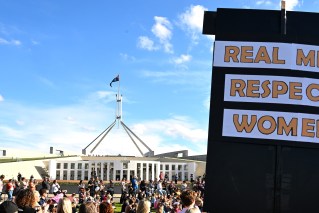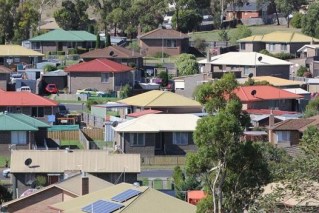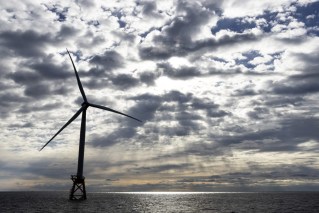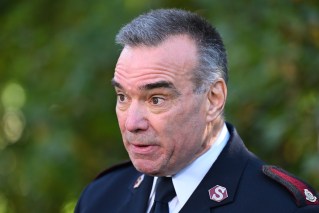Reserve comes out swinging, says it’s faster than most central banks
A senior Reserve Bank of Australia official has brushed off concerns the central bank has fallen out of step with its international counterparts by slowing down its pace of rate hikes.

Another rate hike is expected next week (AAP Image/Joel Carrett)
Assistant governor Michele Bullock says the RBA has hiked rates just as fast – if not faster – than most central banks, noting that other banks meet less frequently to make interest rate decisions so need to move in bigger increments.
The RBA meets 11 times a year – every month except January – whereas the Federal Reserve in the US meets eight times a year.
Canadian and British central banks also meet eight times a year.
Bullock said meeting more frequently had its advantages during times of uncertainty.
“It means that if we increase interest rates at every meeting, we can potentially move much faster than overseas central banks,” Bullock said at the Australian Finance Industry Association conference in Sydney.
“Or, alternatively, we can achieve a similar rise in interest rates with smaller increments.”
Bullock also said Australia was in a different position than other countries when it comes to monetary policy, with Australians thought to be more sensitive to rate hikes given high levels of household debt and the prevalence of variable-rate mortgages.
In October, the RBA hiked by a smaller-than-expected increment of 25 basis points, with the market expecting to see another 50 basis point lift.
There has been some concern that the RBA is not lifting interest rates as quickly as central banks around the world.
The treasurer has voiced his concerns that a widening gap between the US Federal Reserve’s and the RBA’s policy tightening cycle could further weaken the Australian dollar and drive up the cost of imports.
On the October decision, Ms Bullock said there was an “active discussion” internally and at the board meeting about the appropriate size of the cash rate increase.
“On the one hand, inflation is high and the labour market is very strong, which indicates a need for interest rates to rise further,” she said.
“On the other hand, there has already been a substantial rise in interest rates since May, which, along with price rises, is beginning to put pressure on household budgets.”
She also said the global economic environment had deteriorated quite sharply.
“For these reasons, the board felt that a smaller increase in October was warranted while it took stock of developments in consumption, wages and the international economy,” she concluded.
She also said it still wasn’t clear rising interest rates would hit household spending.
ANZ economist David Plank says household spending has remained resilient despite the apparent concern showing up in consumer sentiment surveys, but he suspects the mismatch can’t go on for much longer.
“The longer confidence remains so low, the greater the prospect that consumers become more cautious, especially with household wealth going backwards due to lower house and equity prices,” he said.
Consumer confidence as measured by an ANZ and Roy Morgan every week has fallen to its lowest level since August, the last time fuel prices spiked.
The 2.8 per cent slide in weekly confidence follows a 1.1 per cent drop in the previous week.












